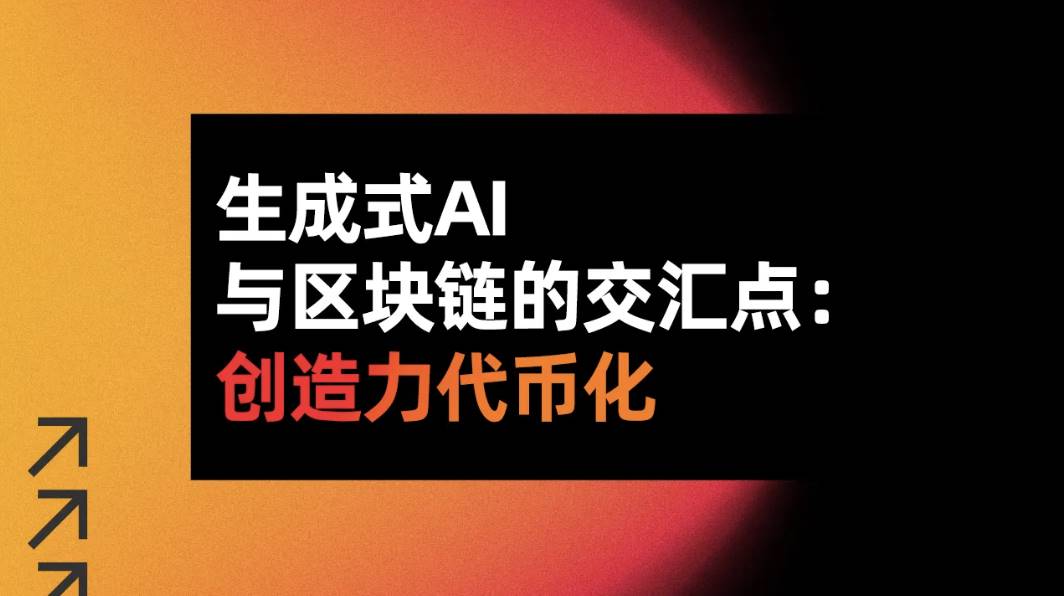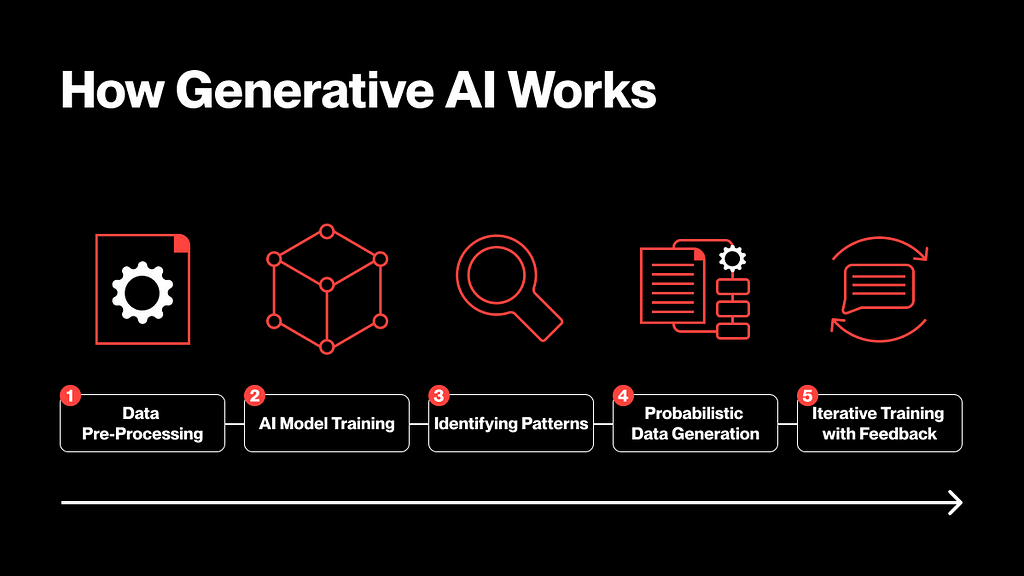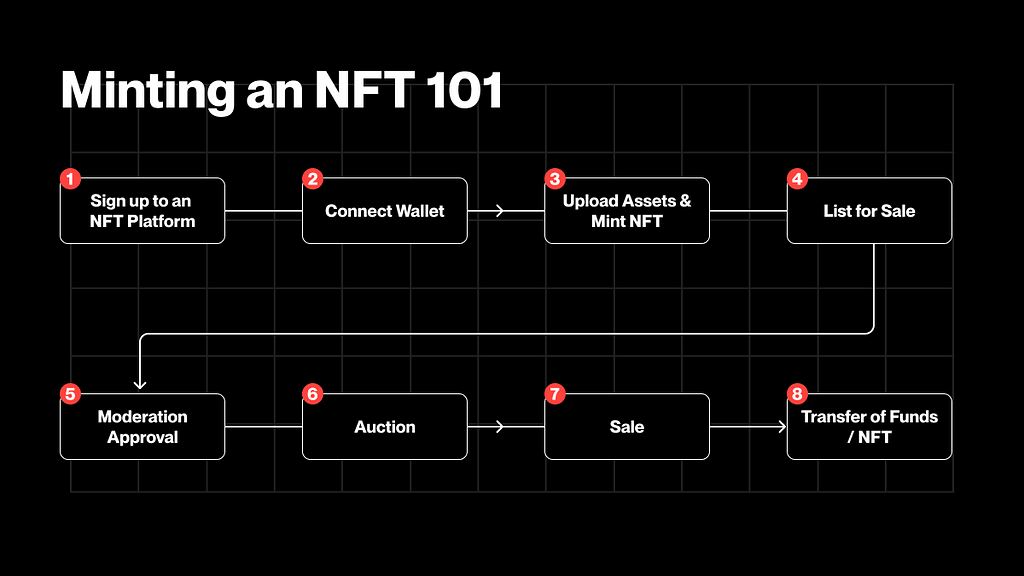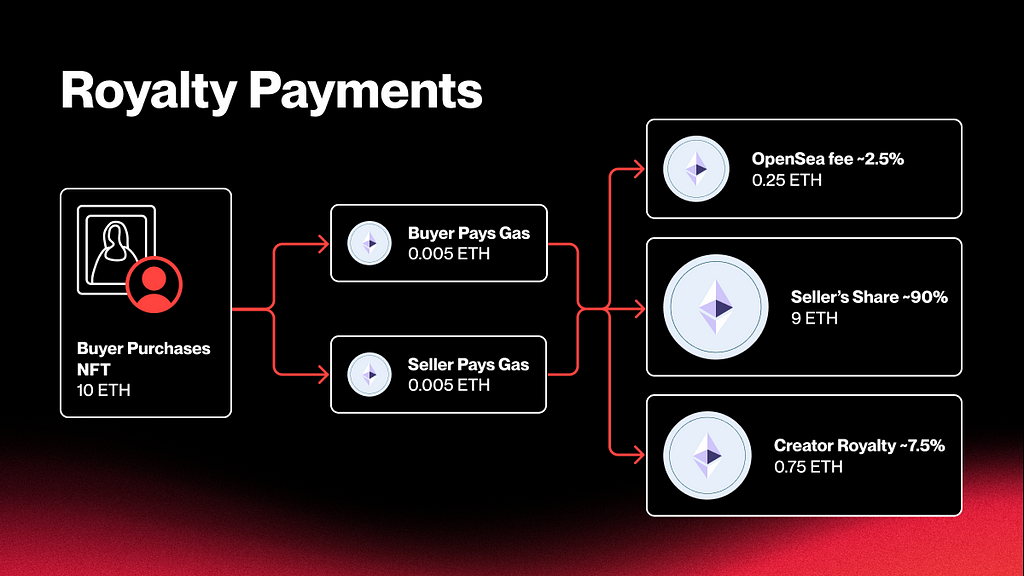Written by: Kava Labs

We will continue to delve deeper into the convergence of Artificial Intelligence (AI) and blockchain technology, focusing on the role of Generative AI and tokenization. As one of the most innovative yet controversial areas in both AI and blockchain technology, we need to refer to previous articles on RWA Tokenization, NLP in DeFi, the role of AI in Risk Mitigation, and Cross-Chain Interoperability, to fully understand the broader implications of the convergence of these two technologies.
In this article, we will explore the powerful capabilities of Generative AI, how it works, and the copyright material issues faced when tokenizing the output of Generative AI. We will then turn to the role of blockchain technology and Non-Fungible Tokens (NFTs) as a potential solution to these problems. We will also examine industries that have already leveraged NFTs and discuss the future potential of this dynamic field and the role AI may play.
The Future of Content Creation
Like other aspects of the AI field, the evolution of Generative AI has deep roots in computer science, tracing back to the 1960s. British artist Harold Cohen achieved early iterations of computer-generated imagery through his AARON project at the University of California, San Diego. However, despite these early iterations of Generative AI imaging, it was not until the release of ChatGPT3.5 in Q4 2022 that a modern AI renaissance was marked, allowing the general public to engage with this transformative technology.
With the releases of Midjourney, Leonardo.ai, and DALL-E in 2023, the popularity of Generative Imaging protocols has exploded, rapidly bringing Generative AI (GenAI) and Prompt Engineering into the public consciousness, while also shining a spotlight on Large Language Models (LLMs). Overnight, everyone gained the ability to generate photorealistic images in seconds, a task that previously required extensive labor and was only achievable by professional artists and photographers.
Since then, Generative AI has seen tremendous advancements, iterating and improving upon its earlier versions. Even traditional Web2 companies have begun implementing AI image generation and editing protocols, such as Photoshop's release of its Generative Fill toolkit in May 2023. We have also witnessed the expansion of this field from images to audio, video, and 3D modeling.
How exactly does Generative AI work? Do traditional artists need to be concerned, and how can blockchain help Generative AI?
Understanding the Technology
To determine the potential intersection points between blockchain and Generative AI, we first need to understand how the technology works and whether it can be interpreted as plagiarism.
The first step in Generative AI is the same as other AI models - collecting, indexing, and cleaning raw data. Generative AI gathers images, audio samples, videos, or 3D digital models. The model can then be trained to recognize objects, textures, colors, and audio patterns.
Once the model has broken down its sample data into the most fundamental components, it can be used to reconstruct and replicate patterns and dependencies, such as how colors interact with each other and the spatial relationships between objects. Similar to how Large Language Models use probabilistic models to predict the next word, sentence, or paragraph, Generative AI uses probabilistic models to predict pixel values and their relative positions to one another, combining them into a single, coherent image output.
The final stage of Generative AI is to leverage these outputs in its feedback loop. By iterating and refining the model, it can create more accurate outputs over time.

The controversy around copyright begins to blur, as the models can be trained on open-source data and do not directly copy any single original data for replication. They use highly complex predictive models based on billions of original data touchpoints, combining them through predictive modeling to generate an output. One way to think about it is that these models are more akin to a modern singer being influenced or inspired by Michael Jackson or The Beatles, rather than directly covering their songs.
The Rise of NFTs
NFTs first emerged in 2014 when digital artist Jennifer and Kevin McCoy minted the first piece of NFT art, Quantum, on the Namecoin blockchain. In 2017, with the release of CryptoKitties, NFTs began gaining a niche following in this space, and then exploded in the 2021 bull run with projects like Bored Ape Yacht Club, CryptoPunks, and independent digital artists like Beeple.
During the 2021 bull run, NFTs demonstrated the powerful use cases of their underlying blockchain technology. The immutable, decentralized ledger could solve long-standing issues of establishing provenance. By owning a permanent and immutable digital certificate of authenticity, industries can easily verify the legitimate ownership of their products. The high-end art database Artory has excelled in leveraging blockchain technology to establish provenance for exclusive artworks.
Since the peak of the NFT craze in 2021, while the popularity of NFTs has waned, their significance has not diminished. The introduction of dynamic and non-fungible NFT projects through the ERC-721 and ERC-1155 token standards, coupled with the rise of Real-World Assets (RWAs), has created new markets. The tokenization of real-world assets, particularly in the real estate and automotive industries, has benefited from the ability to establish provenance, while also allowing for the updating of NFTs to reflect maintenance and improvements over time.
Minting NFTs
NFTs gained popularity in the 2021 bull market, thanks to the convenience of minting NFT collections. For a relatively niche and technically challenging fast-growing industry, being able to mint NFTs on platforms like OpenSea and Rarible provided a simple entry point for millions of users. Setting up a wallet may be more challenging than creating your own NFT collection.
The initial setup is done through a simple account creation process. Thereafter, once users connect their wallet to their account, they can easily upload and mint a collection in a matter of minutes, similar to the ease of uploading an image to a cloud provider. The user experience is unparalleled, and once their image is approved, they can seamlessly trade on the platform and their chosen exchanges.

Liquidity of Digital Art
The ability to mint Non-Fungible Tokens (NFTs) and freely trade digital artworks has been a crucial step in attracting millions of users. While this is a crash course on the volatility of the cryptocurrency market, more importantly, it provides users with a dynamic educational tool. They quickly understand and start implementing cryptocurrency transactions, such as seamlessly transferring from NFT platforms to wallets and exchanges, and converting back to fiat currency.
This has also enabled many creators to monetize their digital artworks for the first time. This reflects the fundamental promise of Web3, which is to restore financial and creative sovereignty to individuals, rather than third-party gatekeepers.

A New Era of Royalties
One often overlooked aspect of NFTs is their ability to automatically pay royalties to the original creators. While the concept of Artist Resale Rights (ARR), or droit de suite, has existed since it was first introduced in France in 1920, it remains a relatively new practice for many countries.
In this regard, NFTs present a unique opportunity. The process of automatically implementing royalties on any given NFT transaction solves this issue without the need for any cumbersome traditional intermediaries. The curation process of NFT platforms directly empowers creators to decide the royalty percentage they wish to receive.

The Future of AI and NFTs
One remarkable aspect of the rise of NFTs in 2021 is that it did not rely on generative AI protocols. In that environment, digital artists shone, but now, anyone can easily create high-value art like using a chatbot, so the future profitability of this market remains uncertain. People may focus more on the utility and community of projects.
Generative AI protocols can enable individuals to become accomplished artists and open up previously inaccessible career paths. However, in the previous cycle, one major issue artists faced was that their artworks were being sold as NFTs without their consent. There is still legal ambiguity around the monetization of digital assets created through generative AI protocols. These two factors may collide, especially if generative AI assets are used to create generational wealth through popular NFT collections.
In the previous cycle, plagiarism also played a role when NFTs were copied and minted on multiple blockchains. The theme of lack of interoperability and data silos has been discussed in previous posts. In this regard, AI can play a crucial role. Through early anomaly detection and fraud prevention security enhancements, AI can serve as a backbone, just as it has in the RWA and DeFi domains. This is essential for establishing cross-chain interoperability security in determining the provenance of digital assets.





